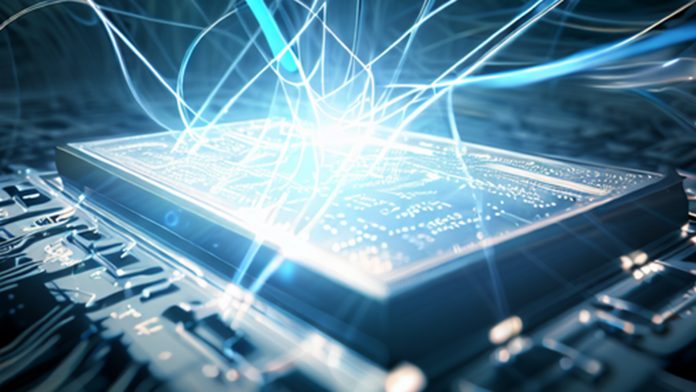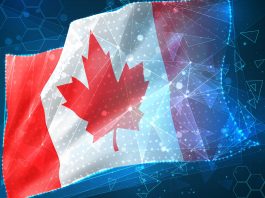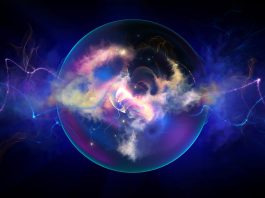Researchers from the RIKEN Center for Quantum Computing have used Machine Learning to better quantum error correction.
Performing error correction for quantum computers is a crucial step for making these devices practical.
The team used an autonomous correction system that can efficiently determine how best to make the necessary corrections.
The paper, ‘Approximate Autonomous Quantum Error Correction with Reinforcement Learning,’ is published in the journal Physical Review Letters.
Characteristics of quantum computers
Classic computers operate on bits that can only take the basic values of 0 and 1. In contrast to this, quantum computers operate on qubits, which can assume any superposition of the computational basis states.
Another quantum characteristic is quantum entanglement, which connects different qubits beyond classical means.
In combination with the qubits, quantum entanglement allows quantum computers to perform entirely new operations. This gives rise to potential advantages in some computational tasks, such as large-scale searches, optimisation problems, and cryptography.
Challenges of putting quantum computers into practice
The main challenge towards putting quantum computers into practice is derived from the fragile nature of quantum superpositions.
For example, tiny perturbations can be induced by the presence of an environment that gives rise to errors that destroy quantum superpositions. This causes quantum computers to lose their edge.
Overcoming quantum challenges with error correction
To overcome this challenge, sophisticated methods for quantum error correction have been developed.
Although in theory, they can neutralise the effect of errors, they often come with a complex device. This in itself is error-prone and therefore has the potential to increase the exposure to errors.
Because of this, error correction has remained elusive.
Leveraging Machine Learning for quantum error correction
The team used Machine Learning in their search for quantum error correction schemes that minimise device overhead whilst maintaining good error-correcting performance.
They focused on an autonomous approach to quantum error correction. In this approach, a cleverly designed, artificial environment replaces the necessity to perform frequent error-detecting measurements.
The researchers also looked at bosonic qubit encodings. These are available in some of the most promising and widespread quantum computing machines based on superconducting circuits.
Finding potential options in the vast space of bosonic qubit encoding represents a complex optimisation task. This was addressed with reinforcement learning – an advanced Machine Learning method – where an agent explores a possibly abstract environment to learn and optimise its action policy.
With this, the team discovered that a simple qubit encoding could not only greatly reduce the device complexity compared to other encodings, but also outperformed its competitors in terms of its capability to correct errors.
Yexiong Zeng, the first author of the paper, published in Physical Review Letters, stated: “Our work not only demonstrates the potential for deploying Machine Learning towards quantum error correction, but it may also bring us a step closer to the successful implementation of quantum error correction in experiments.”
Franco Nori concluded: “Machine Learning can play a pivotal role in addressing large-scale quantum computation and optimisation challenges. Currently, we are actively involved in a number of projects that integrate Machine Learning, artificial neural networks, quantum error correction, and quantum fault tolerance.”









